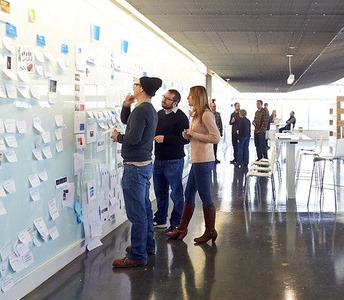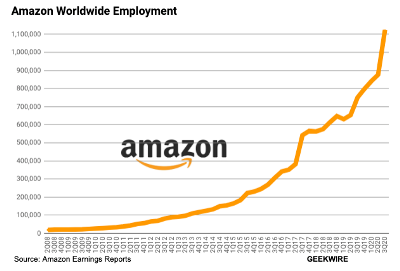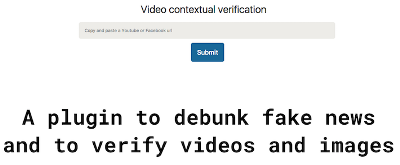This interesting Wired article ‘The Exponential Age will transform economics forever‘ provides some extracts of Azeem Azhar’s new book ‘Exponential‘. The statement is that the economy and society will be fully transformed by exponential growth of technology – with the risk that institutions, only able to adjust linearly, will lag behind.

Starting with the observation that we are not well geared to understand exponential development (see for example ‘How We Get Always Surprised by Exponential Growth – But We Shouldn’t‘ or ‘The Exponential Deception, or Why We Always Underestimate Incremental Change‘), the author states that economy is going to be transformed by exponential development of new technology and capabilities.
But is exponential growth really new? Looking back at the emergence of new industries in the 19th and 20th century, I am not so sure. Of course what has changed in the last decades is that markets are now global, and the speed of development and spread of new technologies (in years, not decades), but fundamentally this type of development has always been there since the start of the industrial age. Companies that have achieved full dominance of a particular new industry have existed before (Rockefeller – Standard Oil in oil, AT&T in communications…), and institutions have struggled to catch-up (for example with anti-trust laws). The same is happening now, but is it really worse?
The main point made by Azeem Azhar is the difference between ‘linear’ institutions and ‘exponential’ technology and industry growth. This has always existed, and institutions have always caught up, if sometimes a bit too late. Effort will be needed to adapt more quickly, but this remains I believe quite feasible.
We live in an exponential age, full of changes – but that has been the case for last 150 years at least, albeit it happens now more quickly. Institutions will catch up eventually to regulate the new world.










